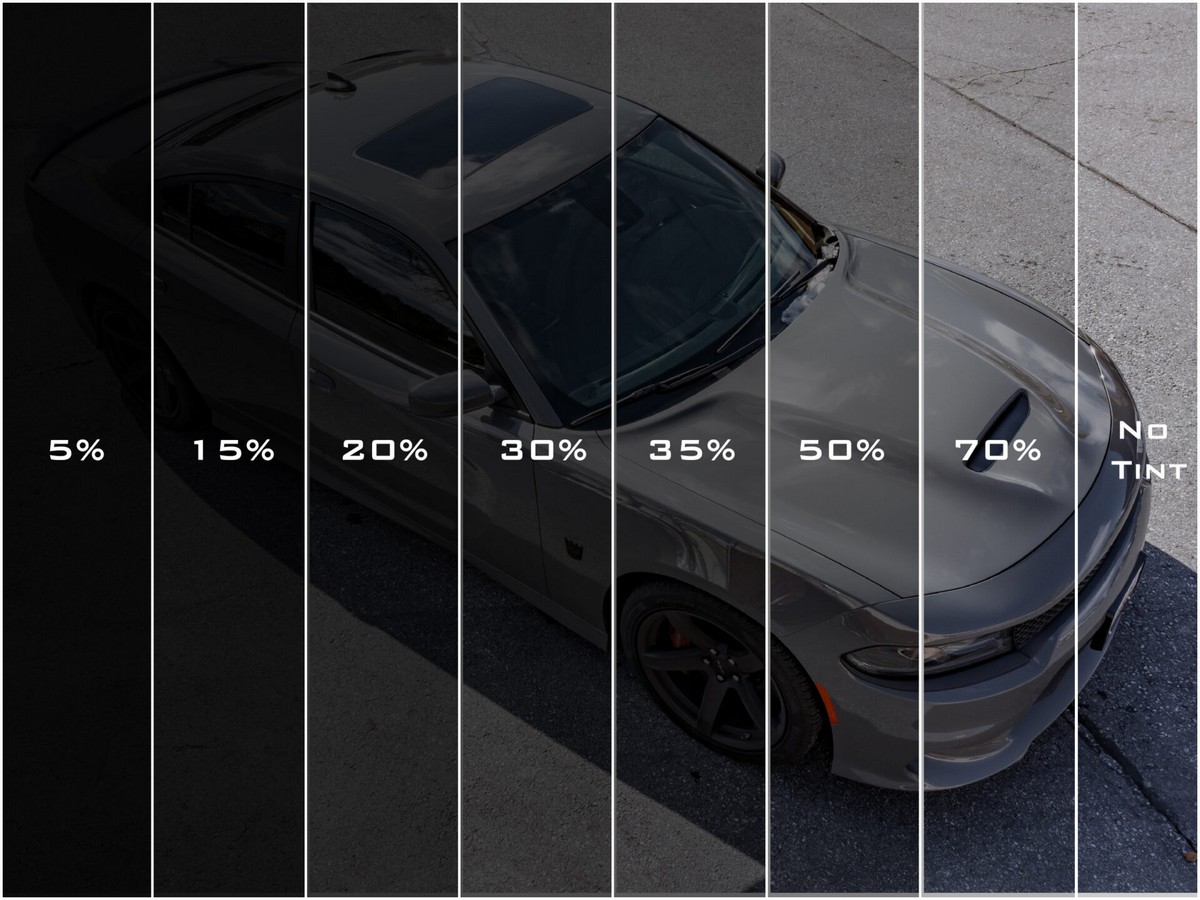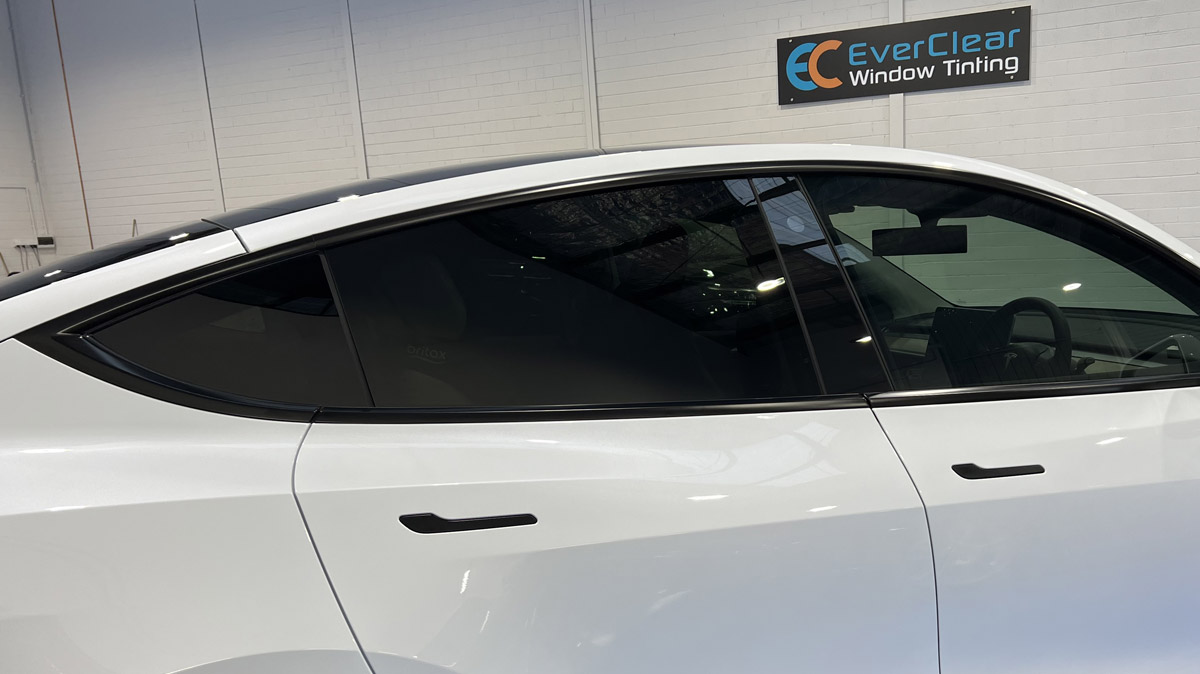Window Tinting Options: Discover the Right Shade for Your Style and Needs
Selecting the suitable window tint for your lorry entails a mindful factor to consider of different elements, including personal aesthetic appeals, practical requirements, and legal constraints. With alternatives varying from light tintss that offer marginal personal privacy to darker tones that enhance privacy, the options can be overwhelming. window tinting. Understanding the implications of noticeable light transmission (VLT) portions and the benefits of various products is important in making an informed option. As you ponder your options, you might question how these components interaction to create not simply a look, but a customized experience on the road.
Comprehending Window Tinting Degrees
When thinking about window tinting, it is important to understand the different degrees of tint readily available, as they considerably influence both appearances and capability. Window tinting is categorized based upon Noticeable Light Transmission (VLT) portions, which show the amount of light enabled to pass via the glass. The VLT percentage can vary from really light (over 70%) to very dark (below 5%)
The key levels of tint include clear, which uses UV protection without changing exposure; light tint (over 50% VLT), which slightly decreases glow while keeping visibility; medium tint (around 35% VLT), striking a balance between personal privacy and light transmission; and dark tint (listed below 20% VLT), offering considerable personal privacy and warmth reduction but limiting external presence.
Understanding these degrees is vital as they can impact driving safety and security, lawful conformity, and individual convenience. In addition, neighborhood policies typically determine permitted tint degrees, differing by state or municipality. For that reason, before choosing a tint, it is a good idea to research study and make certain adherence to these regulations while considering personal choices for design and useful advantages.
Popular Tint Tone Explained

One of one of the most popular choices is the timeless dark tint, normally ranging from 20% to 5% VLT (Visible Light Transmission) This shade provides optimum personal privacy and a sleek, advanced appearance. It efficiently obstructs UV rays and warmth, making it perfect for warm environments, though it might limit exposure in the evening.
Alternatively, lighter shades such as 35% or 50% VLT offer a much more refined look while still offering some degree of privacy. These tones are best for those looking for an equilibrium between aesthetics and functionality, as they enable better presence and follow numerous legal standards.
Another emerging preference is the ceramic tint, which can be available in a range of tones - window tinting. It supplies premium warmth rejection and UV protection without considerably altering the car's appearance

Legal Rules for Window Tinting
Comprehending the lawful policies bordering window tinting is important for lorry owners wanting to customize their autos. Each state in the U.S. has details laws regulating the darkness or agility of window tintss, typically gauged by Visible Light Transmission (VLT) percentage. VLT refers to the quantity of light that can go through the film and the glass incorporated.
In several states, laws dictate different VLT percents for numerous windowss, including front windscreens, side windowss, and back windowss. Some states might enable a color of 70% VLT for windshields while permitting darker tintss for rear windowss. Furthermore, specific states have constraints on reflective tintss, which can develop glow for various other chauffeurs.
Failure to follow these guidelines can bring about penalties, mandated elimination of the tint, and raised insurance premiums. Vehicle owners should speak with neighborhood legislations or state DMV websites to ensure they are within legal limits before proceeding with installment. Understanding these regulations not just aids stay clear of lawful consequences however likewise makes certain a safe driving experience.
Advantages of Various Tint Materials
Exploring the advantages of numerous tint materials reveals significant benefits that can improve both the performance and aesthetic charm of an automobile. Each material offers distinctive features fit to particular needs and choices.
Dyeded window films are preferred for their cost and capacity to decrease glow. Metalized films, on the i loved this various other hand, offer premium heat decrease and UV protection due to their reflective properties.
Ceramic window films represent a costs option, supplying remarkable warm rejection while preserving visibility. They are non-metallic, therefore staying clear of any signal disturbance, and are highly long lasting, standing up to scratches discover this and fading gradually. Additionally, ceramic films do not consist of dyes, ensuring a longer-lasting appearance.
Last but not least, hybrid films integrate components from dyeded and metalized choices, supplying a balanced performance in terms of warmth denial, glare reduction, and expense. Each tint material serves special purposes, enabling car proprietors to pick the finest suitable for their way of life and visual preferences, inevitably enhancing their driving experience.
Selecting the Right Tint for You
Locating the right window tint involves thinking about different variables, consisting of individual preferences, vehicle type, and local policies. Analyze your individual design and wanted degree of personal privacy, as these will certainly assist your option of tint shade. Darker tintss provide enhanced privacy but may not appropriate for all drivers, especially those that like a more open feel inside their car.
Next, consider your vehicle kind, as the shapes and size of windowss can influence the effectiveness of certain tintss. Bigger windowss might profit from reflective tintss that reduce glow while smaller sized windowss might be extra fit to dyeded films that use subtle appearances.
In addition, it's important to check neighborhood policies regarding window tinting. Many states enforce restrictions on the allowed darkness and reflectivity, particularly for front windowss. Compliance with these legislations is important to guarantee and stay clear of fines security.
Lastly, examine the tint material that ideal suits your requirements. Alternatives include dyeded, metalized, ceramic, and hybrid films, each offering unique benefits associating with heat being rejected, UV defense, and toughness. By considering these elements, you can with confidence choose a window tint that straightens with your style and functional demands.
Conclusion
To conclude, picking the appropriate window tint calls for mindful consideration of different aspects, consisting of VLT percents, local policies, and the preferred visual. Various tint products offer unique advantages that can boost lorry comfort and protection. By completely comprehending the offered alternatives and straightening them with specific choices and practical needs, one can achieve an optimal balance between design and functionality in window tinting selections.
Picking the ideal window tint for have a peek here your automobile entails a mindful factor to consider of different factors, including personal visual appeals, practical requirements, and legal restrictions. Each state in the United state has details regulations regulating the darkness or lightness of window tintss, often gauged by Visible Light Transmission (VLT) percent. Some states might enable a color of 70% VLT for windscreens while permitting darker tintss for back windowss.Finding the right window tint includes thinking about various factors, consisting of individual preferences, vehicle kind, and regional policies.In verdict, picking the proper window tint needs careful factor to consider of different elements, consisting of VLT portions, local laws, and the preferred aesthetic.